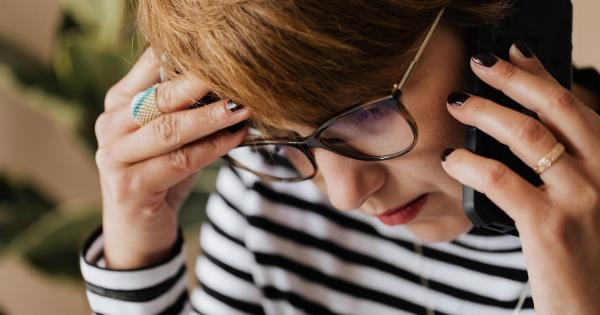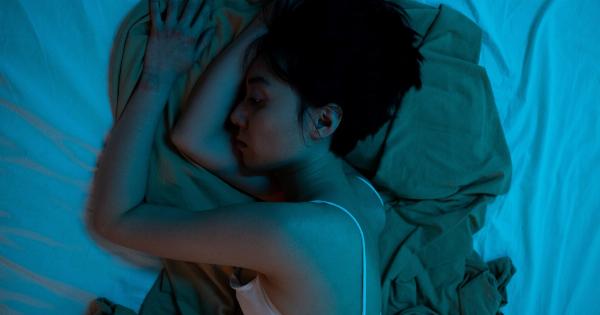Anxiety disorders are a common mental health condition that affects millions of people worldwide.
It is estimated that around 284 million people globally have an anxiety disorder, making it the most prevalent mental health disorder globally, and more common in women than in men. While anxiety can affect anyone, regardless of gender, research suggests that there may be some gender-specific patterns and differences in the prevalence, symptoms, and treatment of anxiety disorders.
The gender gap in anxiety disorders
Several studies have shown that anxiety disorders are more common in women than in men. In fact, women are about twice as likely as men to be diagnosed with an anxiety disorder.
This gender gap is observed across different age groups and cultural backgrounds, suggesting that there are inherent biological or societal factors at play.
Biological factors
Researchers have examined various biological factors that may contribute to the gender differences in anxiety disorders. One prominent explanation is the influence of sex hormones.
Estrogen, the primary female sex hormone, has been associated with an increased risk of anxiety disorders. Fluctuations in estrogen levels during different stages of the menstrual cycle, pregnancy, and menopause can lead to heightened anxiety symptoms in women.
On the other hand, some studies suggest that testosterone, the primary male sex hormone, may have protective effects against anxiety.
Lower levels of testosterone have been linked to increased anxiety symptoms, and men generally have higher levels of testosterone than women. However, more research is needed to fully understand the complex interactions between sex hormones and anxiety.
Societal and cultural factors
Societal and cultural factors play a significant role in the gender differences observed in anxiety disorders.
Women are more likely to experience various stressors, such as gender-based discrimination, intimate partner violence, and societal pressures regarding appearance and caregiving roles. These stressors can contribute to the development and exacerbation of anxiety symptoms.
In addition, women may be more likely to seek help for mental health issues compared to men.
The societal stigma surrounding mental health can prevent men from seeking treatment, leading to underdiagnosis and underreporting of anxiety disorders in males.
Types of anxiety disorders and gender differences
Although anxiety disorders encompass a wide range of conditions, some specific types show gender differences in prevalence and symptom presentation.
Generalized Anxiety Disorder (GAD)
GAD is characterized by excessive, uncontrollable worry and anxiety about everyday activities. Studies have consistently found higher rates of GAD in women compared to men.
Women with GAD often report more somatic symptoms, such as muscle tension and fatigue, while men may be more likely to experience irritability and restlessness.
Panic Disorder
Panic disorder involves recurrent panic attacks accompanied by intense physical symptoms, such as rapid heartbeat, sweating, and shortness of breath.
While panic disorder occurs at similar rates in men and women, women are more likely to seek treatment for their panic symptoms. Men, on the other hand, may be more prone to self-medicate through substance use.
Social Anxiety Disorder
Women are generally more likely than men to be diagnosed with social anxiety disorder, which is characterized by an intense fear of social situations. Women with social anxiety disorder often report higher levels of social distress and avoidance.
Men, on the other hand, may exhibit more externalizing symptoms, such as aggression or substance use, as a response to social anxiety.
Post-Traumatic Stress Disorder (PTSD)
PTSD can occur after experiencing or witnessing a traumatic event. While both men and women can develop PTSD, women are more susceptible to the disorder.
Women may also have different trauma exposure, with higher rates of sexual assault and interpersonal violence. Women with PTSD often have higher rates of comorbid depression and anxiety disorders.
Treatment considerations
Understanding the gender differences in anxiety disorders is crucial for providing effective treatment and support. Some strategies that may be helpful in addressing anxiety disorders based on gender-specific considerations include:.
1. Psychoeducation
Providing information about the gender-specific factors contributing to anxiety can help individuals better understand their experiences and develop coping strategies tailored to their needs.
2. Hormonal considerations
For women, hormonal fluctuations may affect anxiety symptoms. Healthcare providers can explore options such as hormonal therapies or adjusting treatment plans to account for these fluctuations.
3. Trauma-informed care
As women are more likely to experience trauma than men, a trauma-informed approach is crucial. Ensuring a safe and supportive environment and addressing any past trauma can improve treatment outcomes.
4. Overcoming societal barriers
Mental health stigma and societal expectations can hinder individuals from seeking help. Raising awareness, providing accessible resources, and normalizing help-seeking behaviors are essential for both men and women.
Conclusion
Anxiety disorders are complex conditions with gender-specific patterns and differences. While women are more likely to be diagnosed with anxiety disorders, it is essential to recognize that anyone can experience anxiety, regardless of gender.
Understanding the interplay between biological, societal, and cultural factors can help inform treatment approaches and improve outcomes for individuals affected by anxiety disorders.































